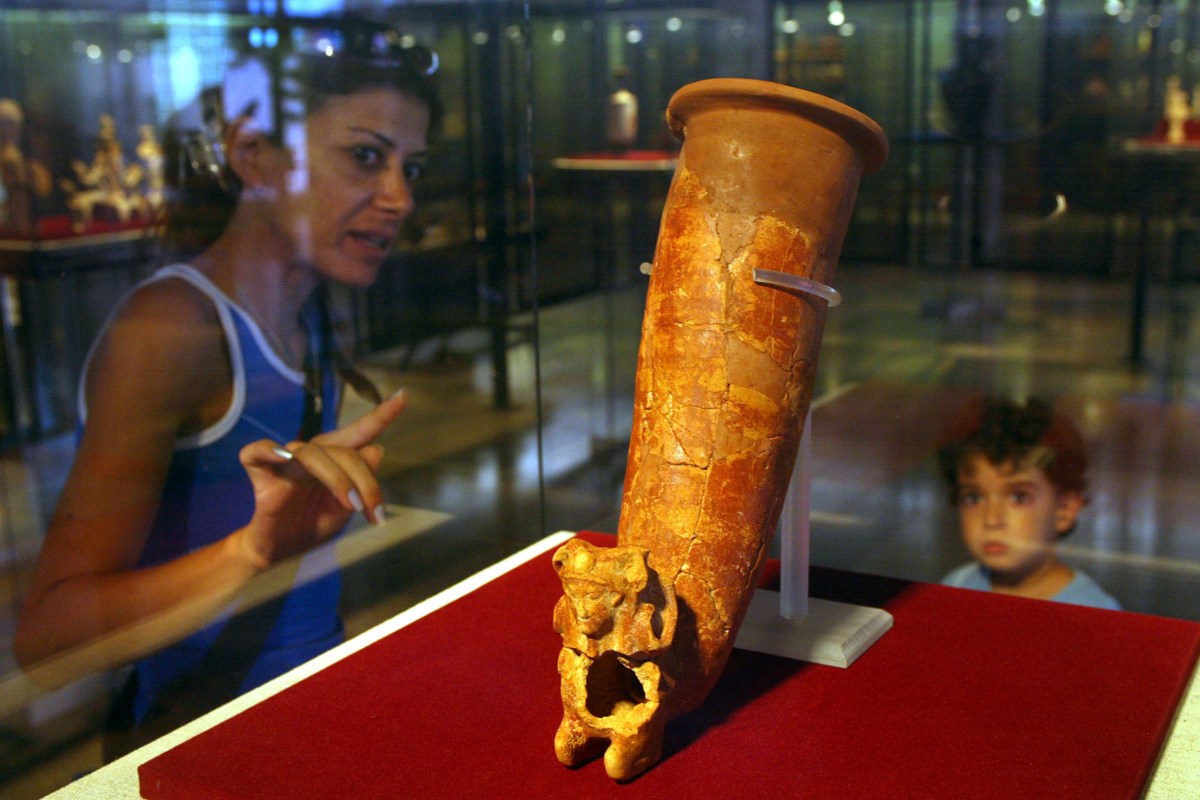The history of ancient winemaking follows a fascinating, non-linear path, according to a new article on Undark.
For example, people in the Levant—a region made up of parts of modern day Egypt, Israel, Lebanon, Palestine, and Syria—were among winemaking’s pioneers, but they also resisted making any changes to their rudimentary process for a full millennium. The earliest winemaking in that area, which took place around 4,000 B.C.E., used a flat treading floor. Workers would use their feet to press the grapes, producing juices that were collected by a vat.
Meanwhile, other parts of the world outside the eastern Mediterranean discovered wine for themselves and found new ways of fermenting grapes. As Undark notes, the history of winemaking has as much to do with regional tradition as it does with technological advancement.
Thanks for reading InsideHook. Sign up for our daily newsletter and be in the know.


















